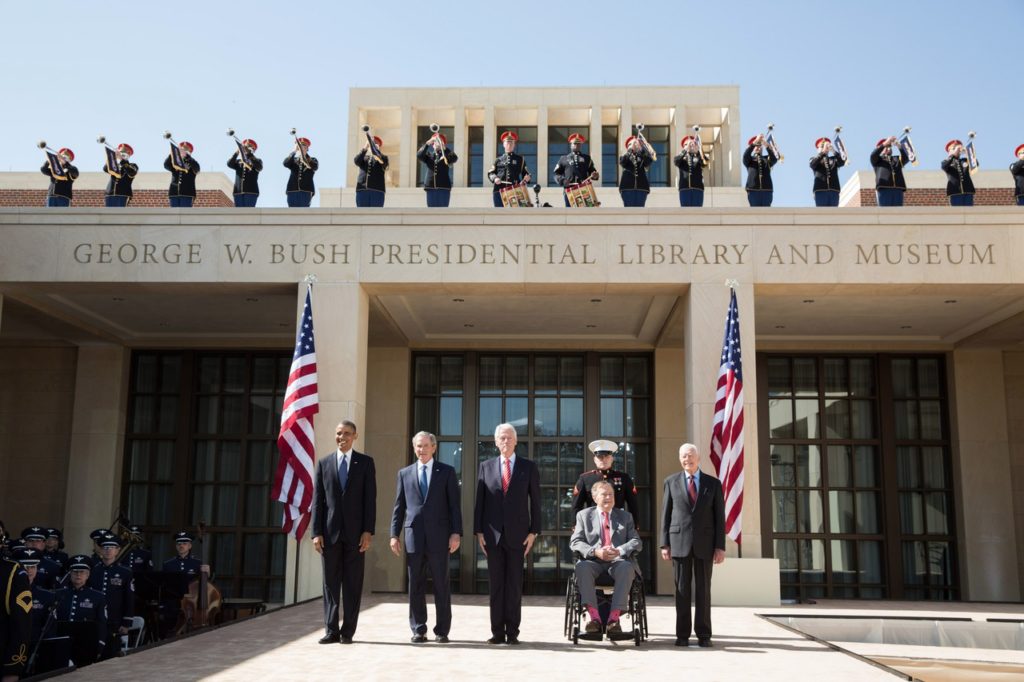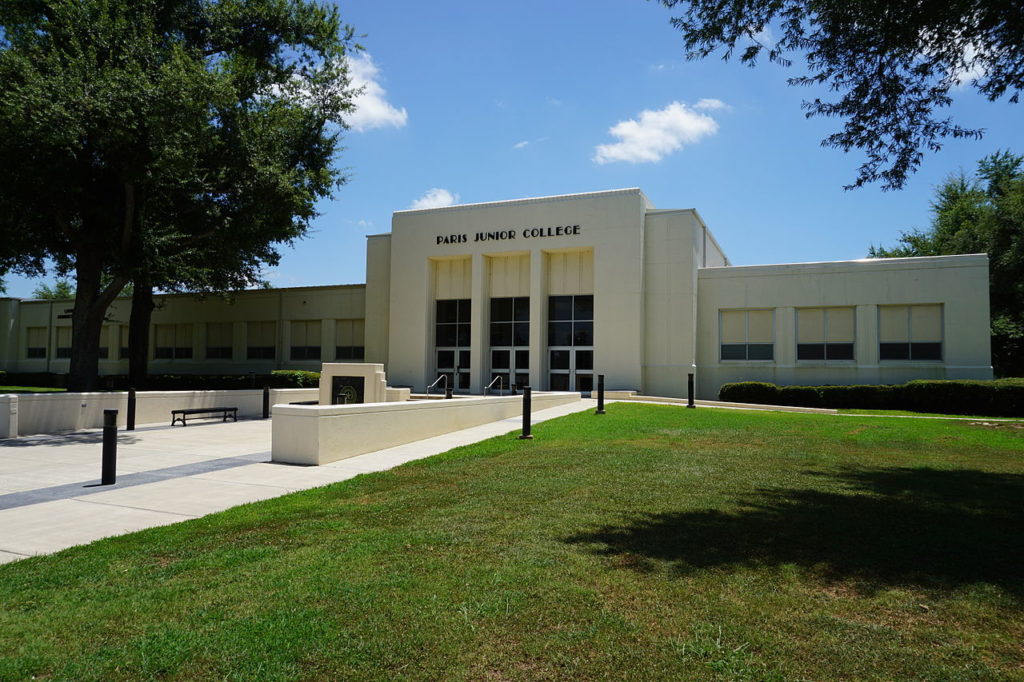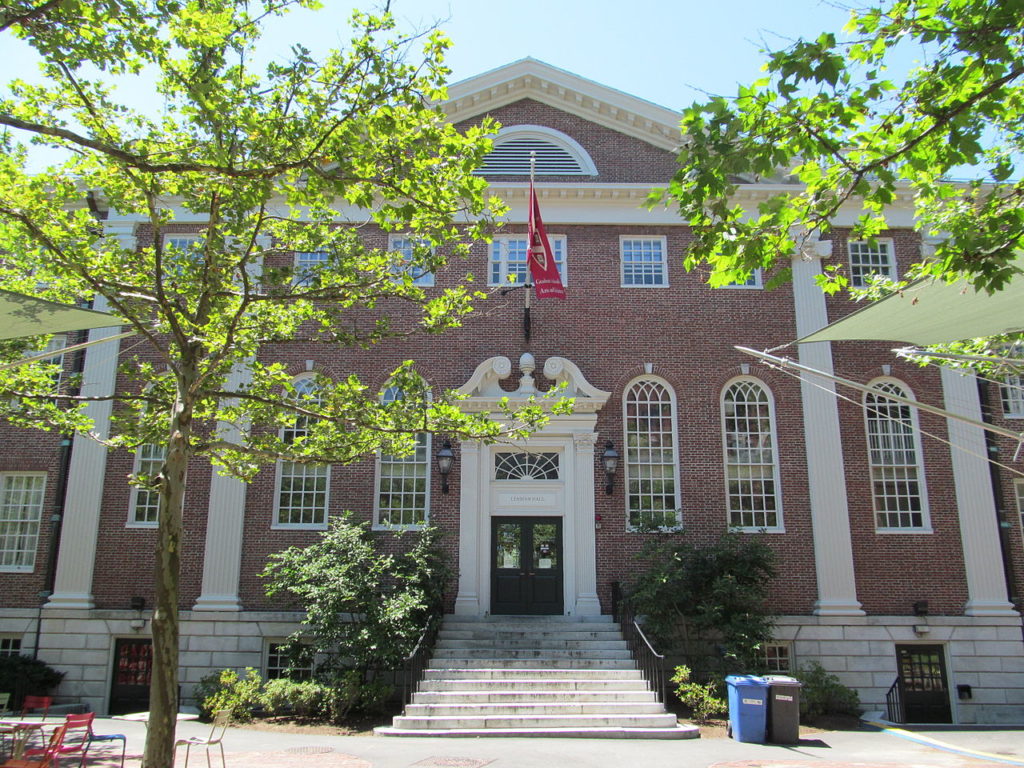People Keep Saying Higher Education Will Solve Socio-Ecponomic Inequality—It Won’t

*Latinos have bought-in to the idea that a college education is the cure-all goal that opens the door to the American dream. Aaron Sanchez says it isn’t. It’s not equalizing society and it’s not leveling the economy. He says the issue we should be addressing is labor. Take time to read this, tell me what you think. VL
![]() By Aaron Sanchez, Commentary & Cuentos
By Aaron Sanchez, Commentary & Cuentos
The shifts in American politics and economics have changed the role of higher education in the United States. The ideas of both the New Left and the neoliberal right have influenced the vision of the university as the institution most responsible for socioeconomic mobility in the U.S. More precisely, the degrees issued, not the knowledge acquired, are supposed to allow the recipients the opportunity to move up in income and social standing. The problem with this model and idea is that it is terribly flawed. Higher education will not create a more equal society or a better economy.
President Barack Obama and presidential hopefuls Hillary Clinton and Bernie Sanders have made promises to make higher education more affordable and available to all Americans, with the goal of creating socioeconomic mobility and equality. In early 2015, President Obama proposed a plan to make community college free for two years. Under the “America’s College Promise” proposal “responsible” students would be able to earn the first half of their bachelor’s degree, at no cost, before moving to a four year institution. Of course, he received pushback from both conservatives and liberals. It is Sanders’ ambitious plan that has received the most attention. In his speeches, he regularly proposes free college tuition at all public institutions in the nation. The details of his plan hint at something altogether different. His plan will require buy in from the states and the actual mechanism for the plans roll out will involve the federal government matching funds from states that increase spending on higher education. Clinton has not promised free tuition at either two or four year institutions, but has promised “debt-free” college—which would involve various wonky solutions including increased funding and taxes and renegotiated interest rates and repayment plans. Regardless of the policies, there is a consensus on higher education. Obama, Sanders, and Clinton all believe that higher education is the primary avenue for better jobs and social standing.
[pullquote]The GI Bill provided money for education, but also for mortgages and business loans.[/pullquote]When did we get the idea that higher education had the ability to dramatically transform the nation?
It was after World War II, when American soldiers came home from fighting. The GI Bill provided funds and incentives for returning veterans. As a result, college enrollment exploded. [tweet_dis]Prior to WWII institutions of higher education were elite and religious institutions.[/tweet_dis] Elite universities provided privileged boys the intellectual space and time to develop into well-rounded men with the ability to carry on informed conversation, quote the classics, and enjoy the things that made us human. For four years, the children of privilege could ponder the meaning of life because they did not have to worry about their economic futures. They were assured of their jobs and place in the world. A foundation in the humanities was important in creating responsible and respectable corporate and political patriarchs. Religious universities were supposed to develop the morals and Christian values of their students to develop the clergy and the Christian community. It was not clear that business classes made for better Christians, but it was clear that Christians made for better businessmen. Yet, in the 1950s a generation of students filled the rooms of colleges and universities across the U.S. This coincided with the high-point of American economic security and global leadership. American incomes rose. The American economy grew. But it was not because of the growth of the college population. While the GI Bill provided money for college tuition, it also provided money for home loans and business loans—which was much more significant. In addition, robust union membership, high taxes, and social programs provided regular American workers with a livable wage, safe working environments, and reasonable hours. Of course, in the midst of this growth minorities across the nation were overwhelmingly excluded.
That changed in the 60’s 70’s
The New Left of the ‘60s and ‘70s challenged the position of the university as a country-club like institution meant for the study of the classics. The activists of this long decade changed the university into the primary site of radical organization and ideas. The university was the place where leftist politics met leftist possibilities. Students could read Marx, challenge sexual mores, and have a place to stay. In their formulation, higher education served the emancipatory purpose of freeing one’s mind from the bounds of imposed structures. But the university was still a disproportionately white place.
[pullquote]Democrats believed college would equalize society, Republicans thought it would level the economy.[/pullquote]It was the overlapping of the ideas of the new left with ideas of the new right that ushered in the emphasis on education. Higher education provided an avenue for social equality—as the new left envisioned it—and an avenue for economic equality—equality of opportunity for those who worked hard enough, as the new right envisioned it. It was the coming together of two strange bedfellows with differing agendas. Republicans championed it as a meritocratic proving ground, once affirmative action was removed. Democrats believed it could solve economic inequality if everyone attended—they had long given up on redistributive policies. Nonetheless, higher education became a bipartisan issue.
Today, students from the first day of kindergarten are told to go to college because college graduates make more money. Minority students, in particular, have locked onto this message. Parents of minority students, especially, have accepted this idea. [tweet_dis]86% of Latino and 79% of black parents believe it is “extremely or very important” that their children earn a college degree.[/tweet_dis] Education is the most important issue to Latino voters. Latinos, despite cultural deficiency theories, consistently say higher education is important and value education in general. For Latinos and many other minorities, college means you will make more and achieve more. Sadly this is not always the case.
The Latino higher Ed story is incomplete
In 2012, Latino college enrollment among 18 to 24 year-olds reached 49%. Yet the data begged for disaggregation.[tweet_dis] 46% of Latino college students attended community colleges, institutions with dismal completion rates.[/tweet_dis] Nationally,completion rates for an associate’s degree in 6 years or less can vary by study from 21 to 39%. For the poorest and first-generation students, completion rates are around 13-15% nationally. Locally, those numbers can vary, in some cases falling into the single digits. In 2011, the Texas Association of Business criticized the Dallas Community College District for having an 8% completion rate after 3 years. A 2006 study from the UCLA Chicano Studies Research Center found leaks in what they called the “Chicana and Chicano Educational Pipeline.” [tweet_dis]Only 46 percent of Mexican-American children graduated high school. [/tweet_dis] Of the 26 of the 100 who attended college, 17 of them went to a community college and 9 would attend a four year institution. [tweet_dis]Only 1 of the 17 community college Mexican-American students transferred to a four-year institution.[/tweet_dis]
K-12 is a big part of the story
Certainly institutional discrimination at the K-12 level plays a role in low high school graduation rates. Lack of minority teachers (only 18% of K-12 teachers are people of color), racial biases of teachers regarding what kids are ‘gifted and talented,’ Black and Latino students being suspended at higher rates, all play a role in minority students’ high dropout rates. But more troubling is that higher education tends to cost Latinos more and they receive less value from it.
Read more NewsTaco stories on Facebook. >>
[tweet_dis]Not all higher education is equa[/tweet_dis]l and the institutions that Latinos, minorities, and other first-generation college students are attending are less prestigious, provide less financial aid, less opportunities, and their classes are much larger. The professors in these institutions are over-worked with high teaching loads and are underpaid. The lack of prestige limits their graduates’ opportunities, as a bias toward elite institutions is evident. Elite institutions are expensive and tend to recruit from the middle-class. Their students tend to come in better prepared for college-level coursework, which allows their professors to do more in class and develop higher levels of critical thinking. In general, the graduates of these prestigious colleges also make more.The new economy favors the few
These better educated, better trained, better off students then go into a new economy that lacks entry level opportunities. In many cases, unpaid internships are required to find permanent employment in top-level firms and corporations. Poor first-generation college students facing student debt and burdened by other family obligations cannot participate in this dramatic movement toward unpaid labor. Only children of economically secure families that can afford to pay their children’s’ expenses can benefit from this new development.
[tweet_dis]Higher education cannot be the main institution that creates socioeconomic equality[/tweet_dis] because it is a system based on socioeconomic inequality. Economic inequality creates the word gap, the achievement gap, and a range of other “gaps” that reflect larger social inequalities. All of these factors impact educational outcomes. Statistically, higher education fails to create economic equality and racial equality. [tweet_dis]Nearly all universities are historically white colleges and universities, created to benefit and promote white students. [/tweet_dis]Minority students suffer very real racial antagonisms and racial microaggressions on a day to day basis. The first-generation minority students who succeed through these institutions are the exception not the rule.The real issue
The promotion of higher education over other programs to create a more equitable society is benefiting white middle-class students and hurting poor minorities. [tweet_dis]Higher education perpetuates a myth of meritocratic outcomes based on equality of opportunity.[/tweet_dis] We must do away with the idea that degrees will naturally solve the economic stratification of our nation. It won’t. [tweet_dis]Addressing labor issues, not higher education, will create a more economically equal society.[/tweet_dis]
This article was originally published in Commentary & Cuentos.
[Photos of Harvard, Paris Junior College, and George W. Bush Library via Wiki Commons]



